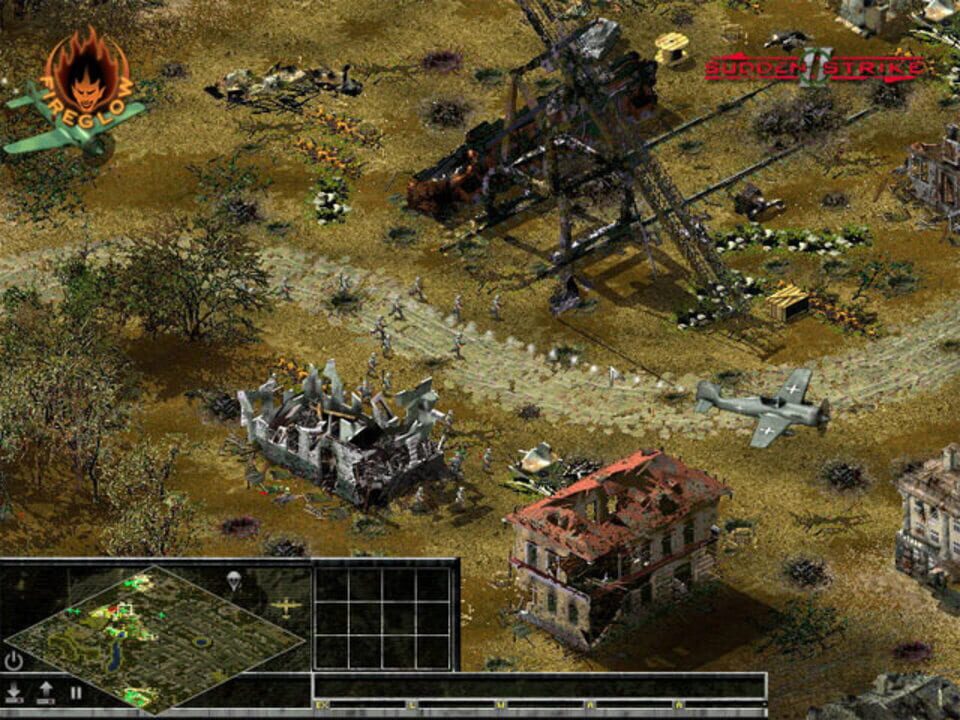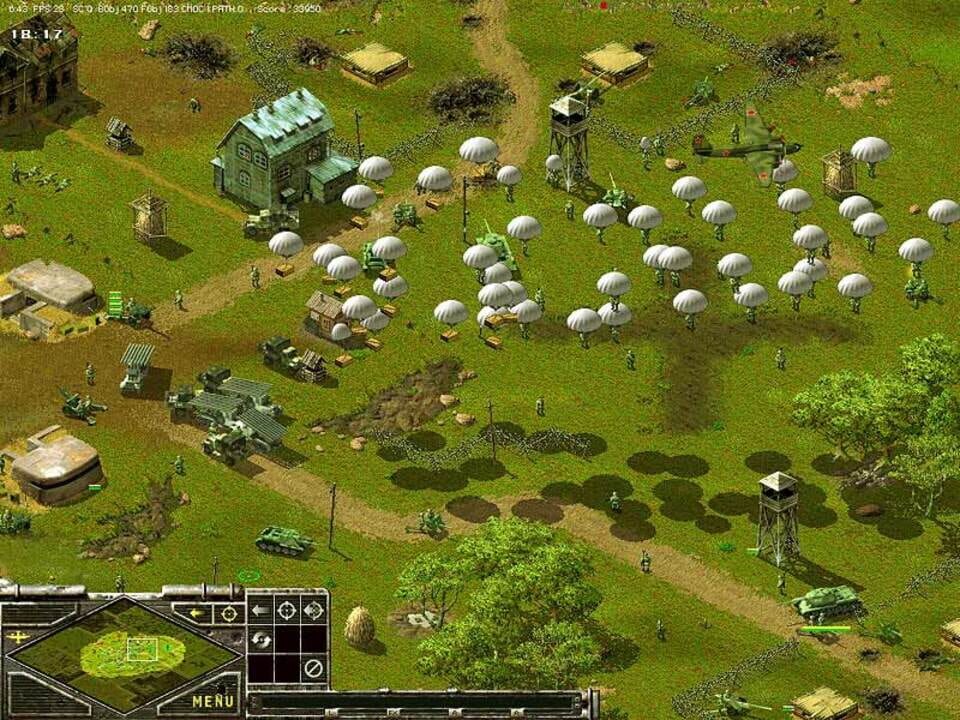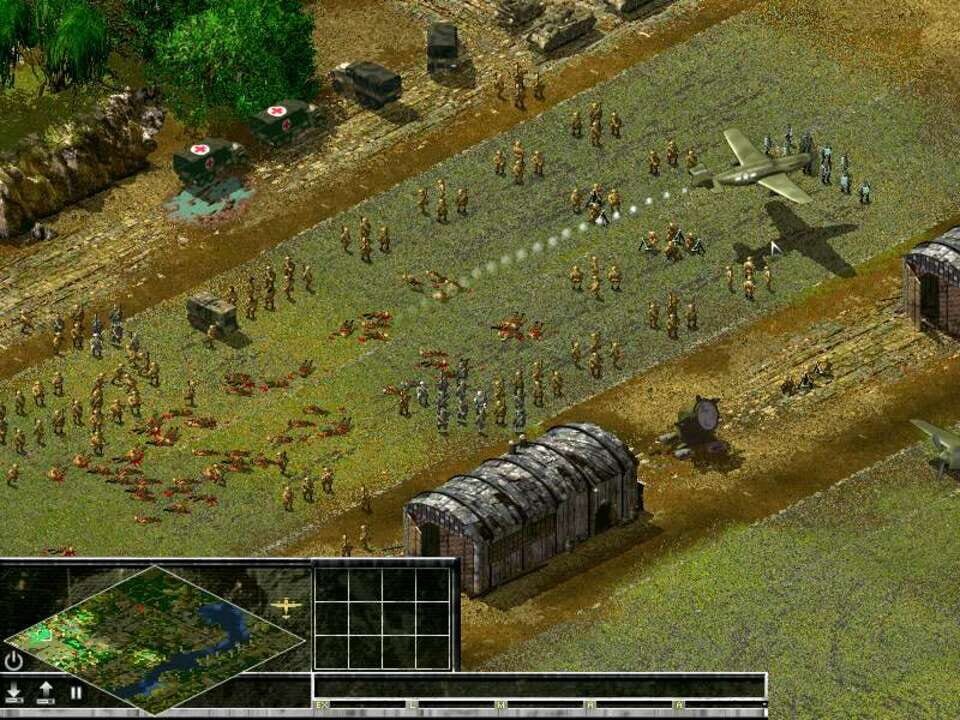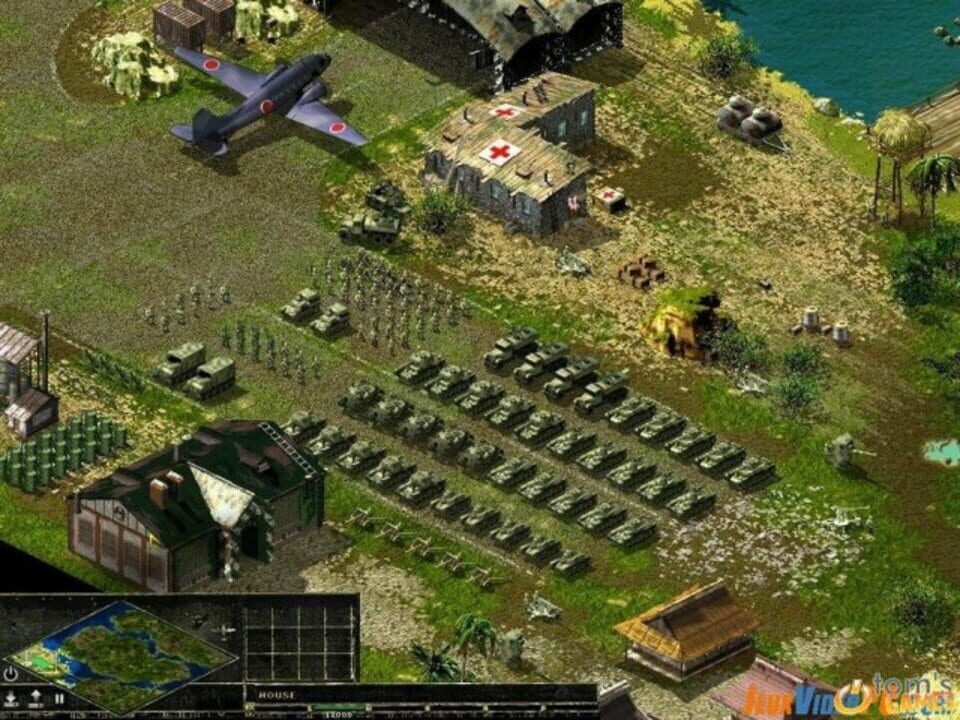Sudden Strike
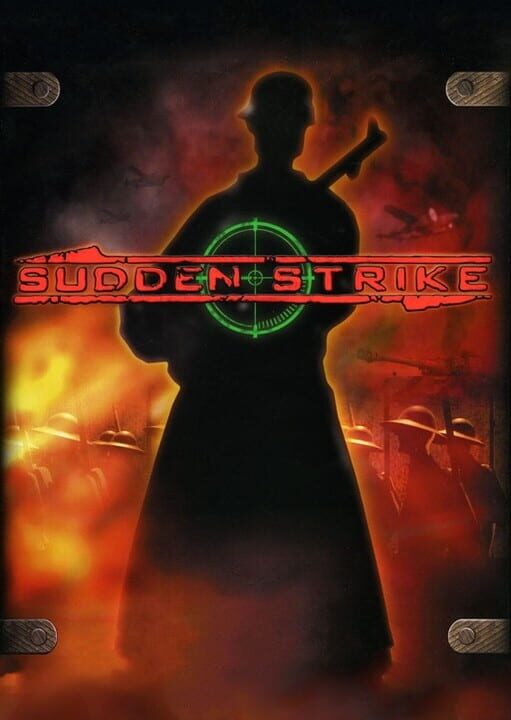
Game Information
Original Release Date: January 24, 2001
Platforms: PC (Microsoft Windows)
Involved Companies: Fireglow Games, cdv Software Entertainment, Strategy First
Genres: Tactical
Summary: Sudden Strike is a real-time tactics (RTT) computer game set in World War II and the first game in the Sudden Strike series. The game was developed by Fireglow based in Russia and published by CDV software of Germany. The player selects a faction (e.g. Soviets, Germans, or Allied forces) and gains control of many varied units such as infantry, tanks and artillery. The games focus primarily on tactics, eschewing traditional real-time strategy resource gathering and base development. GAMEPLAY: The main story features three campaigns (Soviets, Germans, and Allied forces). The battles are presented in an isometric perspective with line-of-sight occlusions and practical cover. Sudden Strike helped pioneer the real-time tactics genre, building upon concepts established by Counter Action for DOS, which was published by Mindscape in 1996. Sudden Strike utilizes accurate in-game physics with houses and buildings obstructing units' view, line-of-sight and firing range whereas clumps of trees can provide cover to reduce the damage of tank ordnance. The game allows units to garrison a building for a stronger firing position, especially valuable for anti-tank infantry. Units can also hold their fire, providing much-needed reconnaissance. Damage evaluation is also realistic; tanks or other vehicles that take too much damage are rendered immobile unless repairs are made. SUDDEN STRIKE FOREVER: Sudden Strike Forever was an official add-on to Sudden Strike which introduces many more historically correct units and equipment, such as the upgraded Soviet T-34 tank (1944 version). New terrains are also provided: a desert terrain for the British missions in Tobruk and Tripoli and snow terrains for Soviet missions. The expansion also polished the game engine, balanced the damage of certain units, and added a map and scenario editor. The add-on includes 4 inter-linked scenarios for each of the campaigns for the Germans, the American, the British and the Soviets. Other units which are added into the add-on includes, but not limited to the Universal Carrier for the British; the BR-5 artillery, 160mm grenade launcher for the Soviet forces and more. The supply system has also been tweaked with artillery crews automatically resupplying themselves with ammo crates nearby instead of relying on supply trucks to do the job. The supply trucks would still be needed to repair damages inflicted on these artillery units, however. The German campaign puts the player into the winter setting of Russian hinterlands with limited troops and reinforcements available, thus relying on use of captured Soviet artillery as well as equipment. The British campaign deals with the defense of an unnamed seaport from German attacks, whereas the American campaign probably takes place in France during the autumn season as the foliage on the vegetation suggest. The Soviet campaign involves a large armored division counter-attack on Russian soil and the storming of the Wehrmacht-controlled airfields. As with the earlier Sudden Strike original campaigns, the briefings do not explain the historical setting of the campaign, thus only issuing standardized orders to the player to e.g. dispel enemy attacks or to simply take over a designated airfield in the east and so on. The add-on also includes 5 new single player individual scenarios. RECEPTION: As indicated by the cover art the game was regarded as "The Best Real-time Strategy Game of the Year" and generally received positive reviews.Sudden Strike holds a 69 Metascore based on 16 critics and an 8.2 user score based on 15 ratings on Metacritic. Sudden Strike Forever holds a 70 Metascore from 5 critics and an 8.8 User Score based on 46 ratings.

